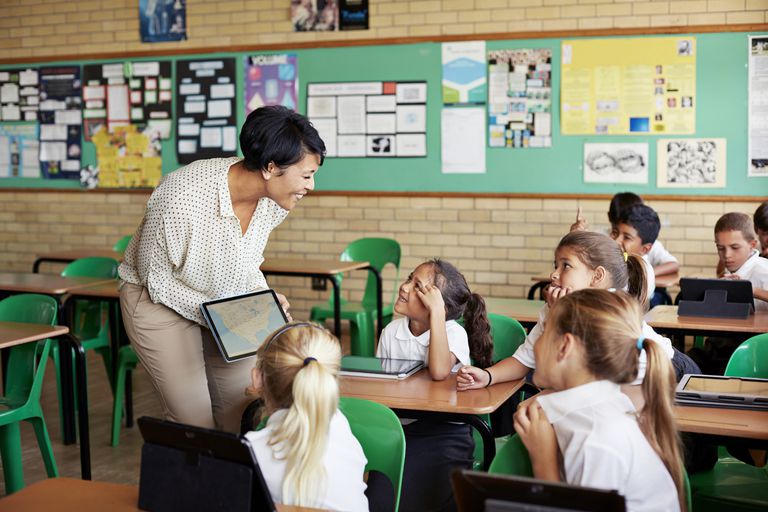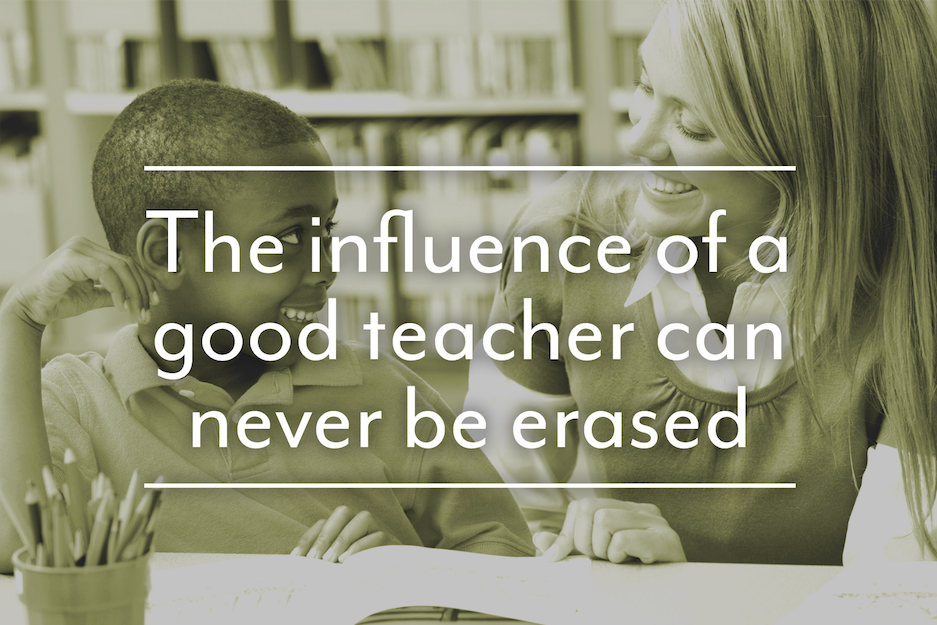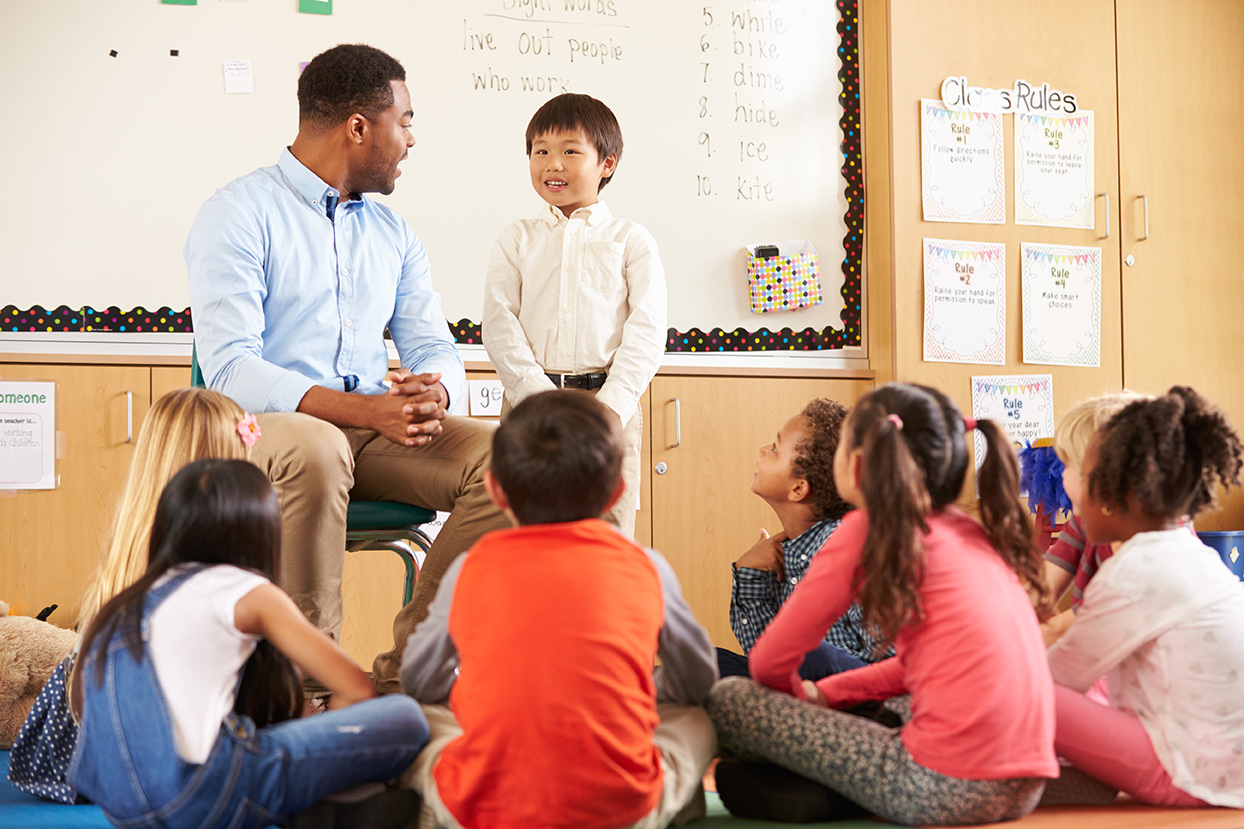Teaching Techniques that Gets Results (most of the time)
Wading through all the demands and ideas that are thrown out on the table can be a daunting task. To make our job more comfortable, I have reflected on what techniques have worked in my Title One classrooms that have all levels of learners.

Repeat, what did you say?
Repeat, repeat, and repeat. Since I get into ideas pretty quickly, I tend to "forget" that others need more processing time. In light of that reflection, I incorporated a lot of repeating time in my classroom. Yes, I repeat myself (lol: directions, classroom procedures, etc.), but I mean repeat practice. I have the class repeat back to me the instructions for the activity and choral read from the screen. I also use turn and talk to their shoulders so they can hear each other repeat (practice) what skill we are learning. Repeating is also part of a station with practice games.
Hats Off to Hands-on
As we, as educators, come to grips with hands-on learning and what this means for our classrooms, we can see that kids are over-the-top excited when they get to "do" something. Hands-on does not necessarily imply stationary work which presents its benefits and challenges.
Sometimes the hands-on is having every student working on the same activity. It does not always mean group work. They each get to "do" the activity while I walk around and interact with them; this gives me the chance to stop and help those who are struggling, encourage others, and challenge those who are ready to move on.
Breaking into groups to do the same activity, such as a phonics challenge to create and write words for a particular sound pattern, is another way to incorporate hands-on into your classroom. Again, I move around to the groups and interact with them to help and offer encouragement.
Brain breaks are not a waste of time
We all have to have breaks if it's getting up to stretch your legs during a PD, having a cold or hot drink or just chatting with some colleagues. Our students are no different. Hands-on activities can be brain breaks, but it goes further than that. Coloring and art activities are relaxing breaks from thinking for most students. Directed drawings are fun and have whole group breaks from our curriculum learning. These types of breaks give the brain a chance to rest, but also to think behind the scenes.
Some students respond better to physical activity, such as GoNoodle. Here you can do some dancing, exercising activities, or tie it into a subject you are teaching, like the water cycle.
Some teachers have used yoga in their classrooms to calm and center students' brains. Breaks do not have to be complicated. Whole class restroom breaks can be effectively used as a brain break while moving from one subject to another.
Give Me a Power-Point!
Power-points are so versatile. You can use them as an introduction, a review or as a way to demonstrate knowledge.
I have used short PowerPoints to introduce many concepts. The best use of these past years is for my grammar time. I have very little ELA writing and grammar minutes in my day. Power-points became a useful tool to maximize my limited teaching time. When the PowerPoints had bright colors, gave plenty of examples, had pictures or drawings, and then wrapped up with a quick quiz, my second graders were engaged and learned the concept. They all learned more than the textbook or worksheet I would have used in the past.
Did I create all these PowerPoints? Heavens, no! I like being creative, but I'm all for not reinventing the wheel. The internet has many free PowerPoints offered by TeachersPayTeachers, school websites, and individuals. I just searched for my concept and BOOM! There were my choices. Please remember to preview all of it before using. Then download and use it in your teaching. It's that easy!
Of course, grammar is not the only subject to benefit from using Power-points. A review is another great way to tie these into your classroom. PowerPoints set up like games are an engaging way to review. Do a little research, and you will be amazed at the resources available to a teacher.
Are you EXCITED?
This may be the most crucial teaching technique that has worked for me ... ..excitement. Yes, I said excitement. It is contagious, uplifting, and an attention getter. Put yourself in your students' shoes. Remember that college course or PD that was so, so boring? Did you learn anything? Or did your mind tune out?
The same goes for your classroom. Get excited! Tired? Get excited! Burned out? Get excited! Stressed? Get excited! Your class will transform into a group of eager learners ready to absorb what you are teaching.
All in all, these techniques have worked for me. Will they all work next year? Only time will tell. If not, I'll be on the hunt for new ideas, rethink some plans I've used in the past, and talk to colleagues. Teaching is an ever-evolving profession and having a vast repertoire of techniques benefits you and your classroom.
Bonnie is a 19 year veteran of teaching grades 2, 3, and 4 and is currently teaching Second at a public Title 1 school. She loves researching and implementing new ideas into her classroom which stretches her and the kids. She is also a goat rancher, she raises chickens and does mission work in Mexico.

Parents Think You’re the Best Teacher in the World
What you need to keep in mind is that parents are a significant part of your classroom. Most parents want to know that their children are being...

How to Get Children to Behave All the Time
Strong Relationships The most important thing that any teacher can do to make a difference in their classroom is to get to know their students. From...
